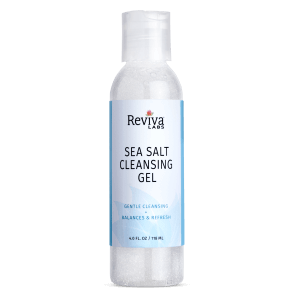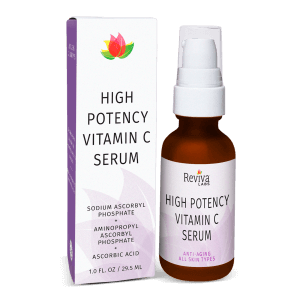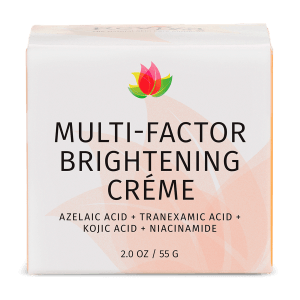Glycolic Acid
Glycolic Acid is an Alpha Hydroxy Acid (AHA) derived from sugar cane. Glycolic acid is one of the most well-known and commonly used AHAs. It is used in creams, cleansers, masks, and moisturizers to smooth wrinkles, and generally improve the look of skin’s tone and texture.
Glycolic acid (or hydroxyacetic acid; chemical formula HOCH2CO2H) is a colorless, odorless and hygroscopic crystalline solid, highly soluble in water. It is used in various skin-care products. Glycolic acid is widespread in nature. A glycolate (sometimes spelled "glycollate") is a salt or ester of glycolic acid.
|
| |||
| Names | |||
|---|---|---|---|
| Preferred IUPAC name
Hydroxyacetic acid | |||
| Other names
Hydroacetic acid
2-Hydroxyethanoic acid | |||
| Identifiers | |||
3D model (JSmol)
|
|||
| ChEBI | |||
| ChEMBL | |||
| ChemSpider | |||
| DrugBank | |||
| ECHA InfoCard | 100.001.073 | ||
| EC Number |
| ||
| KEGG | |||
PubChem CID
|
|||
| RTECS number |
| ||
| UNII | |||
CompTox Dashboard (EPA)
|
|||
| |||
| |||
| Properties | |||
| C2H4O3 | |||
| Molar mass | 76.05 g/mol | ||
| Appearance | White, powdery solid | ||
| Density | 1.49 g/cm3 | ||
| Melting point | 75 °C (167 °F; 348 K) | ||
| Boiling point | Decomposes | ||
| 70% solution | |||
| Solubility in other solvents | Alcohols, acetone, acetic acid and ethyl acetate | ||
| log P | −1.05 | ||
| Acidity (pKa) | 3.83 | ||
| Hazards | |||
| Occupational safety and health (OHS/OSH): | |||
Main hazards
|
Corrosive | ||
| GHS labelling: | |||
 
| |||
| Danger | |||
| H302, H314, H332 Preview warning: Omit Rules: keep H314, omit H318
| |||
| P260, P261, P264, P270, P271, P280, P301+P312, P301+P330+P331, P303+P361+P353, P304+P312, P304+P340, P305+P351+P338, P310, P312, P321, P330, P363, P405, P501 | |||
| NFPA 704 (fire diamond) | |||
| Flash point | 129 °C (264 °F; 402 K) | ||
| Related compounds | |||
Related α-hydroxy acids
|
Lactic acid | ||
Related compounds
|
Glycolaldehyde Acetic acid Glycerol | ||
Except where otherwise noted, data are given for materials in their standard state (at 25 °C [77 °F], 100 kPa).
| |||












